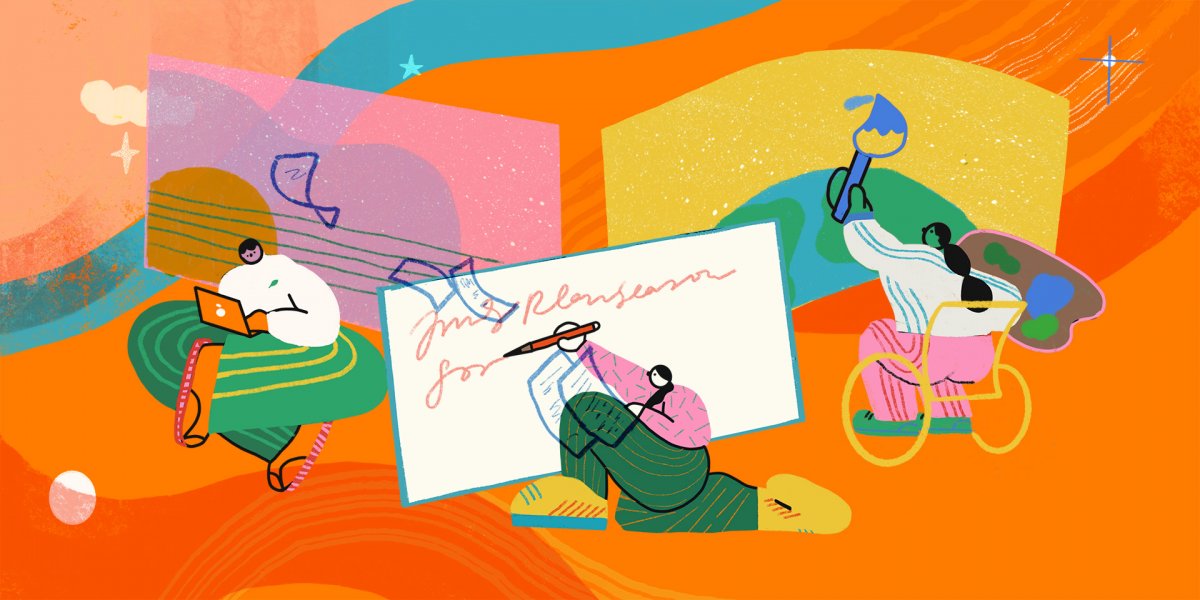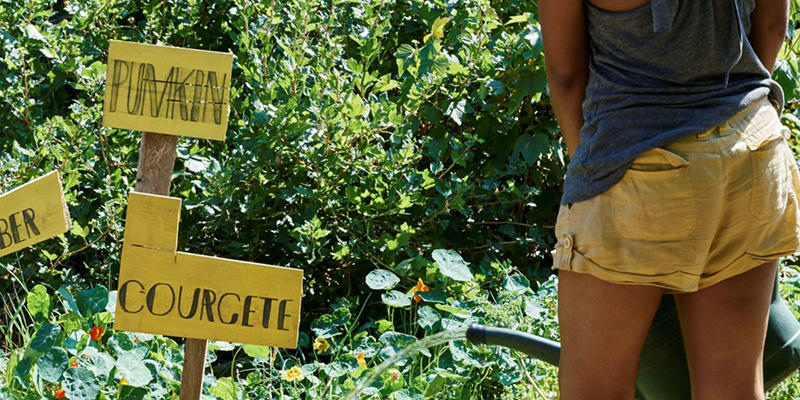1. Create or programme an artwork
If you’re looking to create or programme a climate justice driven artwork that makes an impact on your community, this page will help to equip you with the tools and knowledge to help you on your artistic journey.

Key principles
1) Listen to and speak to your audience in advance
What could this look like?
- Asking appropriate questions of your audience(s): What are the issues that feel close to their values, physical location, community and social practices? Who is the best person to speak to this?
- Taking participatory approaches to the research and development of new work and programmes: workshops, community engagement, and being an active part of climate movements relevant to your audiences will all help to inform the work you make.
2) Be clear about the impact that you want to make
What could this look like?
- Mapping how climate and environmental change are relevant to your organisation’s mission and values, and your collection/existing programme themes;
- If you’re creating new work as an artist, addressing the work you have made before – where has climate impacted your work, and where has your work impacted climate? Where can you draw out a relationship between these two things when developing new work?
- Climate change is insurmountable and in its impact – rather than taking on ‘climate change’ as a whole, investigating intersectional and specific approaches to climate that are specific to the context in which you are making work.
3) Work with collaborators to drive positive change and shape your work
What could this look like?
- Considering your funders and supporters – what are their ethics, does their vision line up with yours, and how will their inclusion affect who the project appeals to and who will feel welcome?
- Thinking about how can you open up your work into new directions through collaborations – with schools, local authorities, scientific institutions (including citizen science projects), start-ups, local business networks, conservation/environment organisations etc;
- Making connections with delivery partners that will also work to engage your local community.
Case studies
Ian Solomon-Kawall – May Project Gardens

May Project Gardens is a community garden in South London, started by Ian Soloman-Kawall. Their Hip Hop Garden programme engages urban youth unaccompanied young refugees, and homeless young people with nature through popular Hip Hop culture, which transcends language and cultural backgrounds. Combined, the two worlds give young people a strong and holistic foundation for financial security, self-discipline, independence, balance, good health, social integration, and fulfillment. They raise money for their work with events and through sales of the music they produce with young people.
Read the full interview with Ian Solomon-Kawall.
Fashioned from Nature – The Victoria and Albert Museum

Part of the finale event of the 2018 Season for Change, The Victoria and Albert Museum’s ‘Fashioned from Nature’ highlighted the often uneasy relationship between fashion and the environment. The V&A took an integrated approach to reduce their environmental footprint in presenting their exhibition, which included sustainable procurement of materials, the build and design of display cases, and interstice digital displays to engage audiences with the life cycle of the fashion industry.
Resources and further reading
- Guide: Ethical Fundraising Guidelines (Culturehive, 2015)
- Guide: Take The Money And Run? (Live Art Development Agency, 2012)
- Guide: No Going Back A COVID-19 Cultural Strategy Activation Guide for Artists and Activists (The Centre for Cultural Power, 2020)
- Webinar: How to Share Your Environmental Story (Julie’s Bicycle, 2019)
- Guide: Communicating Sustainability Guide (Julie’s Bicycle, 2015)
- Guide: Greening Arts Practice – a Guide for Artists (Chrysalis Arts)